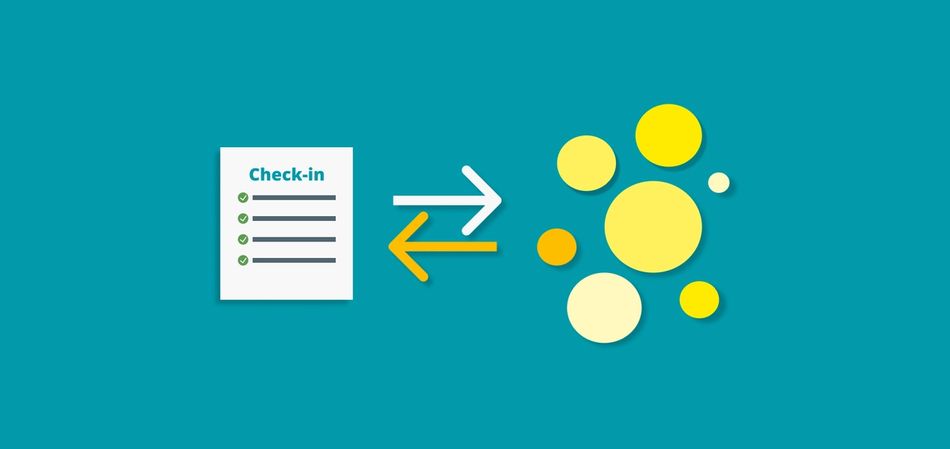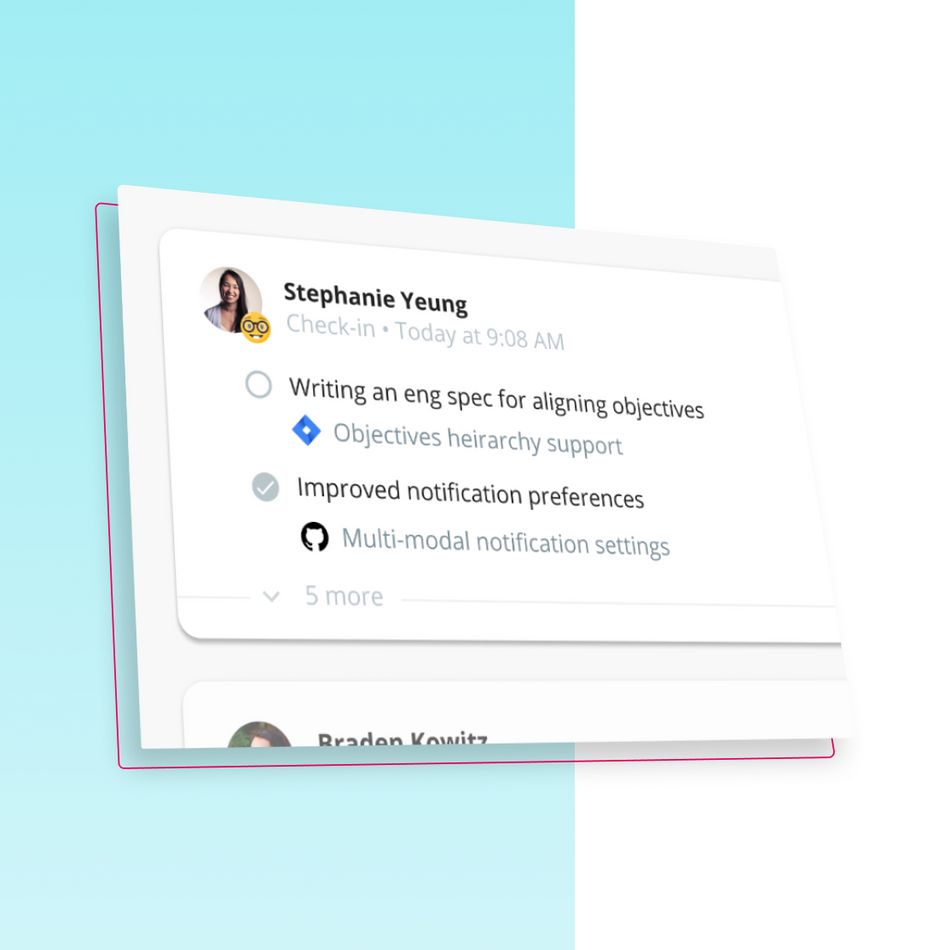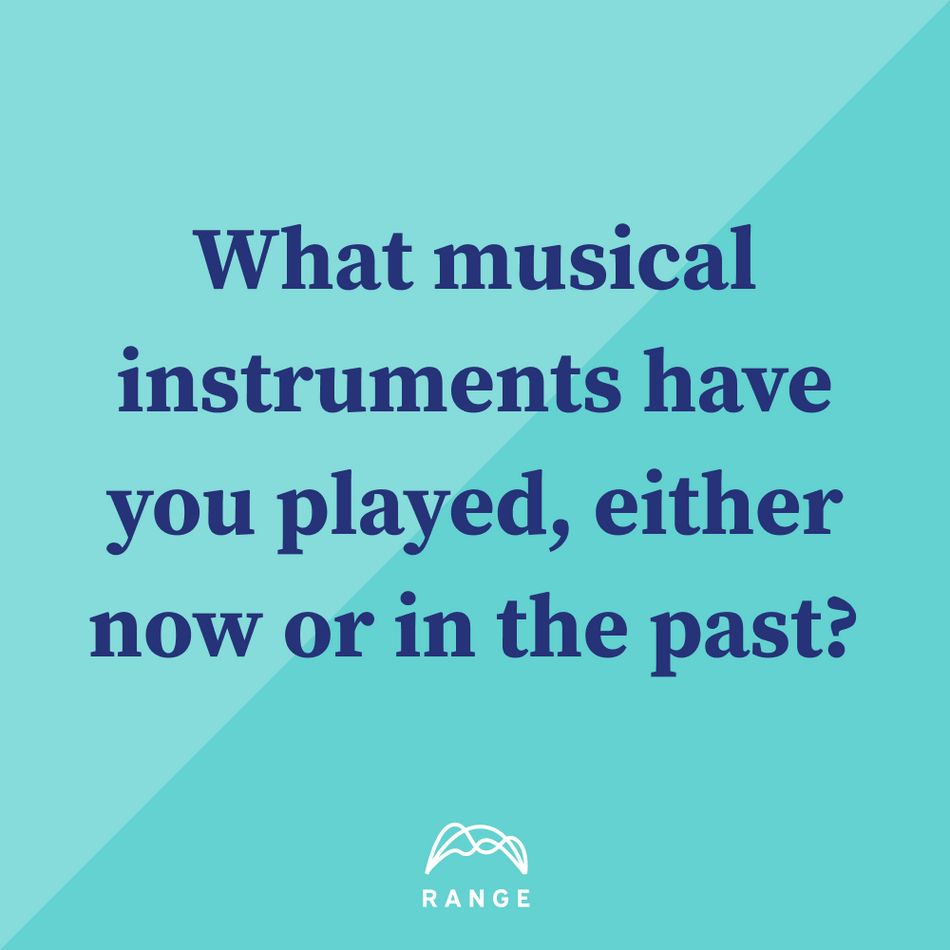
Houston, we have a problem. Most of the world does. In the wake of global upheaval in response to the COVID-19 pandemic, businesses and teams have taken tremendous steps to keep things moving forward. As a result, your team is likely spread-out. Your priorities are continually in flux, and you're struggling to keep up. Mental wellness is essential now more than ever, yet you don't have a way to know how your teammates are doing, and they have no direct way of telling you. On top of all that, the excessive amount of meetings costs teams in terms of lost productivity.
The long list of obstacles goes on.
At this point, you may be asking yourself the question, "what can I do to keep everyone on my team focused, in sync, and happy?" And if you aren't asking this question, you should be. When you consider what's changed and just how different our day-to-day is from before this all began, it makes you more accessible to your team in ways that can transform their productivity — and let's face it, for them to function at all.
Identifying that there's a problem is a great first step. And perhaps the most significant hurdle facing workplaces today are effective communication systems. At its core, this is the problem area a check-in addresses. Helping teams (and managers) meet everyone where they are and providing support and insight when the need inevitably arises.
Adjusting to a new kind of workplace
Picture this: you just got to the office. The first thing you do is drop your bag off and head to the coffee machine or kitchen in search of a quick bite for a boost of energy. You run into folks on your team and have a friendly catch up. Another boost of energy. You settle in, eat, and check a few dozen emails out of 100 — including one brought to your attention during your kitchen encounter (you're glad it was flagged in-person). Then you have your morning team meeting or stand up to get refreshed on what everyone is working on and address any blockers. Another boost of energy—open communication goes a long way in establishing trust, staving off the urge to micromanage. You head back to your desk and get cracking on what needs to get done.
AKA, what work used to feel like:

Now think about what happens today. You wake up. Maybe make a cup of coffee or freak out about how the pandemic is going — or both. Perhaps you make your offspring breakfast (if you have children), or call dibs on the couch as the day's workspace with the same roommates you spent hours with last night and the night before. Then you check hundreds of emails and Slack messages because it's the only way anyone can reach you now. You try to plan your day, but it's not clear what the priorities are or what others are doing. A meeting could help, but you dread suggesting one because you've been on video calls non-stop since this all started. You feel stressed and unmotivated, and it's only 10 AM. All in all, it's a very different routine.
What work feels like now:

Now imagine that everyone else on your team is experiencing the same thing — dealing with uncertainty while being disconnected. It's frustrating at best and debilitating at worst.
It shouldn't be too difficult to figure out where things could go from here. Many are working from home for the first time without the skills, training, or systems they need to do it effectively, leading to stress, a breakdown in communication, and an eventual ebb in productivity.
To combat these frustrations and the breaking down of connections on your team, a proactive approach to sharing is appropriate. That's where Range’s Check-ins come in.
So, what are Check-ins?
You may be familiar with the word from checking into hotels, airports, and large conferences where you let someone know you're present and ready to get your keys, fly, or participate.
Not far off. The way we do check-ins at Range, though, lets everyone on your team take a more active role in communicating what's on their plate and how they're doing personally. It's like giving a status update, but asynchronously. You can share in your own time and without needing to rely on meetings or random encounters at the office to let others know what's going on in your world.

These updates give your team a great deal of flexibility while still creating a sense of belonging and connectedness.
We break it down into four parts: My plan (for work today), what happened (since the last Check-in), a team-building question (to learn more about your colleagues), and a chance to let the team know how you’re showing up to work on a given day.
Here's how each section works.
The "My plan" section helps you organize your workload and focus on a set of priorities. It's also a two-way street where you can let your team know what you're working on, and you can stay in sync with their plans as well.
"What happened" is a window into the team's progress—no need to spend time snooping around in docs or apps for answers. It's both a validation of work done as well as a way to encourage transparency.
We also serve up a team-building question from a library of over 300 professionally developed questions designed to inspire openness and build trust each time you check-in. They range from lightweight and fun to more in-depth questions about working style and handling conflict. The theme changes each week, keeping things fresh and accessible.

And finally, with Moods, you select an emoji and a color to give visual cues about how you're feeling that day. It's a key component of being vulnerable at work, a notable hallmark of productive and successful teams.
The benefit and the practice of Check-ins
Getting this system in place will have long-term positive benefits for your team and solve some of the deeper issues around trust and alignment that are quite difficult to repair if left unattended.
Checking in can help with preventing burnout and improving transparency that leads to greater accountability, openness, and trust in the workplace.
In practice, the most critical thing for check-ins to yield results is consistency. Developing habits around checking in regularly (on a cadence) by sharing what you're working, what you've accomplished, and how you're feeling, can help minimize the damage from the chaos of today's workplace.
Range is just one easy option to help you put this kind of recurring status update into place with low effort and a small time commitment from your team. Though a Check-in usually takes about 5-10 minutes, the value is endless.
We hope this helps you and your team during this trying time.
Give Range a try—the first ten users are free.








